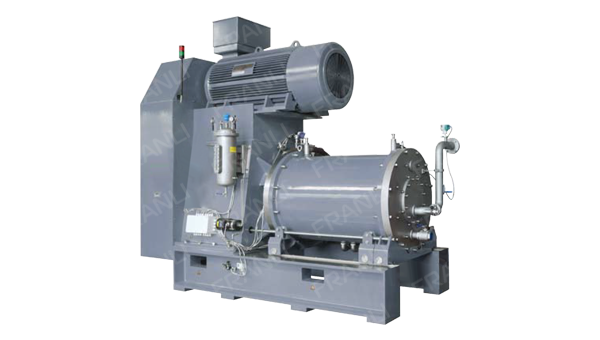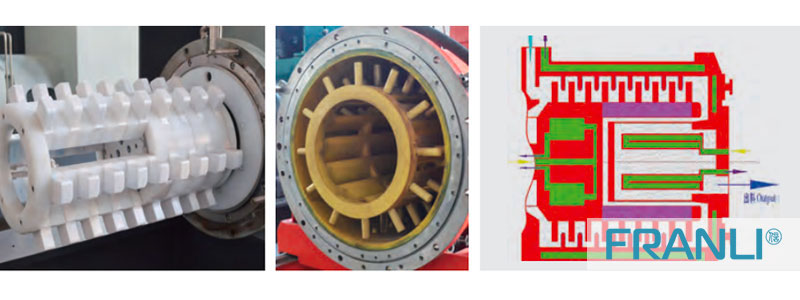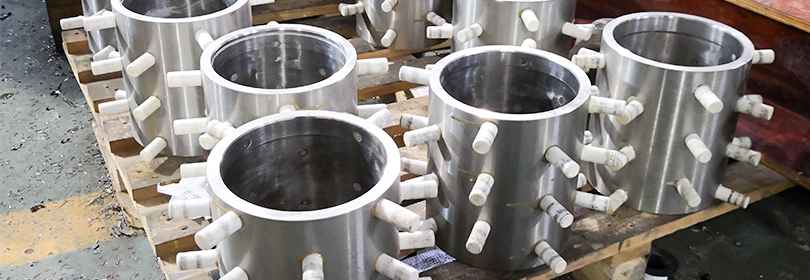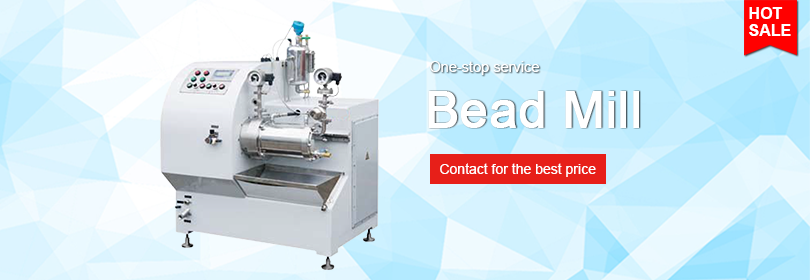-
Equipments
-
-
NEWS
- Double planetary mixer new t...
- Multiple paddle options of D...
- Double planetary mixer is th...
- Multiple mixing tanks with d...
- Double planetary mixer for c...
- Double planetary mixer can b...
- Double planetary mixer has E...
- Double Planetary Mixer Excel...
- Principle of asteroid rotati...
- Efficient and uniform mixing...
-
Contact Us
Or Contact Info
-
Coating
-
-
NEWS
- Double planetary mixer new t...
- Multiple paddle options of D...
- Double planetary mixer is th...
- Multiple mixing tanks with d...
- Double planetary mixer for c...
- Double planetary mixer can b...
- Double planetary mixer has E...
- Double Planetary Mixer Excel...
- Principle of asteroid rotati...
- Efficient and uniform mixing...
-
Contact Us
-
Adhesives
-
-
NEWS
- Double planetary mixer new t...
- Multiple paddle options of D...
- Double planetary mixer is th...
- Multiple mixing tanks with d...
- Double planetary mixer for c...
- Double planetary mixer can b...
- Double planetary mixer has E...
- Double Planetary Mixer Excel...
- Principle of asteroid rotati...
- Efficient and uniform mixing...
-
Contact Us
-
Agrochemistry
-
-
Agrochemistry
- Emulsifiable Concentrate
- Suspension Concentrate
-
-
-
NEWS
- Double planetary mixer new t...
- Multiple paddle options of D...
- Double planetary mixer is th...
- Multiple mixing tanks with d...
- Double planetary mixer for c...
- Double planetary mixer can b...
- Double planetary mixer has E...
- Double Planetary Mixer Excel...
- Principle of asteroid rotati...
- Efficient and uniform mixing...
-
Contact Us
-
Battery
-
-
Battery
- Battery Slurries
-
-
-
NEWS
- Double planetary mixer new t...
- Multiple paddle options of D...
- Double planetary mixer is th...
- Multiple mixing tanks with d...
- Double planetary mixer for c...
- Double planetary mixer can b...
- Double planetary mixer has E...
- Double Planetary Mixer Excel...
- Principle of asteroid rotati...
- Efficient and uniform mixing...
-
Contact Us
-
Cosmetic
-
-
Cosmetic
- Lipstick
- Eyebrow Pencil
- Ointment
-
-
-
NEWS
- Double planetary mixer new t...
- Multiple paddle options of D...
- Double planetary mixer is th...
- Multiple mixing tanks with d...
- Double planetary mixer for c...
- Double planetary mixer can b...
- Double planetary mixer has E...
- Double Planetary Mixer Excel...
- Principle of asteroid rotati...
- Efficient and uniform mixing...
-
Contact Us
Facts about our nano mill
Nanonization (nano mill) is the process of creating or manipulating particles with sizes ranging from 1 nanometer to 100 nanometers. At the nanoscale, a lot of life can happen. It can be made in two ways: bottom-up and top-down.
 Vertical nano mill
Vertical nano mill
Bottom-up refers to chemistry-based particle construction, whereas top-down refers to grinding or milling or grinding. While bottom-up nanofabrication and form-in-place techniques produce top notch nanoparticles, they are frequently quite costly and require dedicated, specialized equipment. There is no such thing as a nano grinding mill, and not every milling procedure can produce nanoparticles. To reduce particles to the nanoscale, jet mills, dry and wet media and ball mills can all be employed.
But what are the advantages of particles that are calculated in nanometers, and how can you get nanoparticles for your brand or product? Let's take a closer look at nano mill methods, their benefits and drawbacks, and how a toll processor may assist you in achieving this sometimes difficult particle size.
 nano mill
nano mill
The milling professionals' technical knowledge shines through in everything they do, from jaw crushing to micronization services to wet milling. The most efficient processing technology is chosen after an assessment of the material attributes and particle size goal. The technological skill is something that has to be taken pride in, and it shows in every project. Based on this, let's discuss more about nano mill in detail.
MICRONIZATION / JET MILLING
Cutting-edge fluid bed jet milling services feature is a unique autogenous milling technology that includes a dynamic air classifier that can be infinitely modified to get the required particle size and form. The mills offer hot gas, ceramic lined, and stainless steel.
CRUSHING OF THE JAW
Two metal plates smash huge chunks of material utilizing compression during our pre-crushing size reduction process. The size of the bottom space between the plates, through which material passes, can be modified.
MILLING WITH A HAMMER
High-shear and centrifugal forces are used in the hammer mills to reduce a wide range of friable and non-friable materials. End products are coarse fractions that are reduced to finer particle sizes by a series of inline screens.
MILLING UNIVERSAL
The high-speed, fine-impact universal mills can dry grind a variety of items with a diameter ranging from 50 microns to 2 millimeters. The mills can be supplied with four revolving and stationary parts, depending on the application and product, to achieve the appropriate final product fineness.
PULVERIZING / COARSE CRUSHING
Primary crushing, impacting, drying, and roll crushing are some of the coarse system technologies that are used, and the usage of huge screen decks to customize multiple size fractions at the same time is done. Air-swept inline pulverizing roller mill grinds and classifies large products, which are recycled for further processing.
MILLING OF WET MEDIA
To achieve a consistent particle size distribution, particles are dispersed in a liquid slurry and media milling. Particle distributions in the nanoscale or sub-micron range are created by shearing forces (tearing apart), impacting (crushing by outside forces), and attrition (tearing and crushing each other apart).
 nano mill core parts
nano mill core parts
Autogenous grinding uses big fragments of material as the media, hence it is milling by attrition (self-grinding) rather than impact. A cascading motion is created by a rotating drum, which induces breakdown into finer particles.
Nano Grinding Mills: How Small Particles Can Make a Big Difference
Nano grinding
Nanonization is the process of creating or manipulating particles with sizes ranging from 1 nanometer (nm) to 100 nanometers (nm). At the nanoscale, a lot of life happens. Nanoparticles can be made in two ways: bottom-up and top-down. Bottom-up nanofabrication refers to chemistry-based particle construction, whereas top-down refers to grinding or milling.
While bottom-up synthesis and form-in-place techniques produce high-quality nanoparticles, they are frequently quite costly and require specialized, dedicated equipment. There is no such thing as a single nano grinding mill, and not all milling procedures can produce nanoparticles.
Jet Milling
Jet milling using superheated steam produces nanoparticles while also drying the feedstock. Steam, which has a higher pressure than air, can be encountered into the grinding reservoir at a higher pressure, resulting in higher jet velocities and more energy inside the milling reservoir. A restricted particle size array is ensured by the integrated internal classifier.
Fluidized bed jet mills utilizing high end steam can achieve nanoparticles in a variety of pigments and minerals, while this approach may not be ideal for heat-sensitive materials.

CHOOSING THE APPROPRIATE TECHNIQUE FOR YOUR MATERIAL
Both dry and wet milling have their benefits and drawbacks. After grinding, nanoparticles tend to clump together, making them critical to distribute. This is addressed by wet milling, which encapsulates each nanoparticle in a liquid slurry.
Wet milling, similarly, has the potential to introduce pollutants into the finished product. Jet milling is a dry method for achieving the preferred particle size without the use of milling media; nevertheless, jet milling methodologies demand more energy. On the other hand, wet mills can also be modified to limit the possibility of grinding chamber and milling media wear.
Besides, a brand or product needs to be dry powdered, it must go through an energy profound drying process following wet milling. Dry milling processes, such as fluidized jet milling with intensive steam, can eliminate this phase, potentially saving time and money.
Hence, not all milling procedures are suitable for all materials, therefore knowledge and experience are essential. Finally, a team of R&D Professionals, material scientists, and technical professionals from a reputable toll processor will assist you in evaluating the benefits and downsides of various milling procedures and determining the optimal process for your needs.
Last but not least FLE is the one-stop solution for those who are looking for different types of nano mill. There are varieties of nano milling methods that are present here, so avail it for better services.
The customers put their trust in processing and manufacturing items that match their high-quality standards. The processes' integrity is the foundation for that trust. Quality and process management certifications demonstrate their dedication to excellence and ensure that every product we touch satisfies stringent safety requirements.

Copyright Notice :
This article only represents the author's point of view.
This article is published under the authorization of the author.
Source:
This article address : Facts about our nano mill
Previous:Spiral vs. Double Planetary Mixer: Which one to choose?
Next:What is the use of high-speed dispersers in the industry?
Related Suggestion:
Double planetary mixer new type of mixing equipment
Multiple paddle options of Double Planetary Mixer
Double planetary mixer is the first choice for paste materials
Multiple mixing tanks with double planetary mixer
Double planetary mixer for chemical products
Double planetary mixer can be vacuum feeding
Related Products
-

Vacuum Double Planetary Mixer
A Vacuum double planetary mixer is an essential part of any industry to mixing particular material. A double planetary m...
-

Laboratory Double Planetary Mixer
Laboratory double planetary mixer is a kind of non-standardized strong mixing and mixing equipment developed by FLE for ...
-

Hydraulic Lifting High Speed Disperser
The hydraulic lift high speed disperser has the characteristics of simple operation and high flexibility.The hydraulic l...
News
-
28
2023-04
-
28
2023-04
-
28
2023-04
-
28
2023-04
-
28
2023-04
-
28
2023-04
- Tricks About Ointment Mill You Wish You ...
- A deep insight into Sand Mill Machine
- What is the difference between dyno mill...
- How To Choose Vertical Bead Mill or Hori...
- What is a three roll mill machine?
- Three Roll Mills: Their mechanism, advan...
- Specification of high speed disperser an...
- high speed disperser machine application
- Faults and Trouble Shooting Methods of H...
- How to operate High-Speed Disperser

















